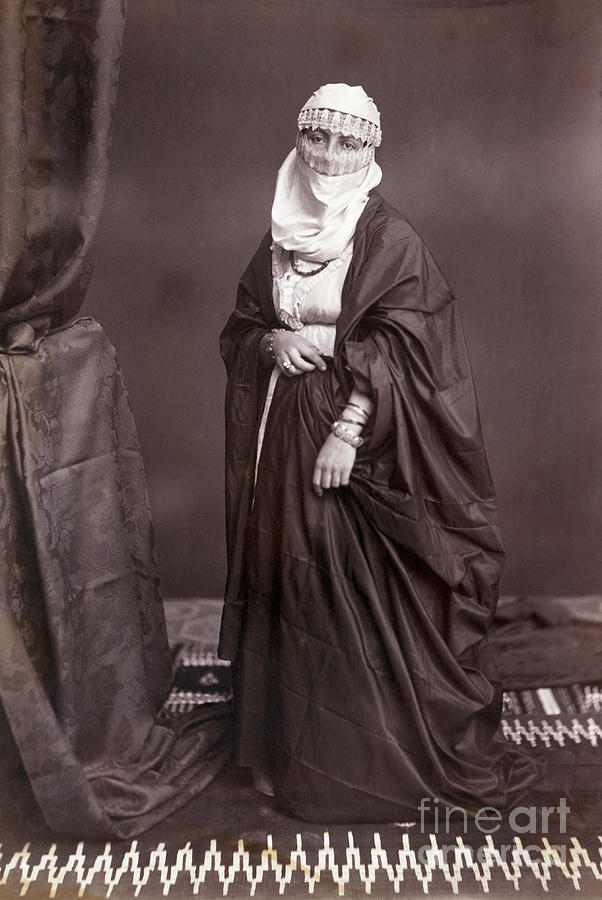Leading 10 Eastern Wear Pakistan Brands You Required to Know About
Leading 10 Eastern Wear Pakistan Brands You Required to Know About
Blog Article
Introducing the Rich Heritage of Eastern Fashion
Checking out the elaborate tapestry of Eastern style reveals a world where custom meets advancement, and craftsmanship intertwines with cultural importance. From the extravagant silks of old dynasties to the intricate needlework of nomadic people, each garment narrates that transcends time and borders, resembling the abundant heritage and imaginative legacy of the East. As we peel back the layers of history and custom, a fascinating journey awaits, unwinding the secrets behind the exciting attraction and long-lasting impact of Eastern style on the global phase.
Beginning of Eastern Style

In Mesopotamia, for instance, the Sumerians and Babylonians created garments making use of linen, natural leather, and wool, adorned with detailed patterns and fashion jewelry. Ancient Egyptians are renowned for their innovative weaving skills and the use of light-weight, breathable fabrics like bed linen. Chinese style stressed the relevance of color symbolism and intricate needlework methods, while Indian apparel featured vibrant tones, lavish materials like silk and cotton, and intricate drapery styles such as the saree.
These ancient human beings not just affected each other but also paved the method for the culturally abundant and diverse tapestry that is modern Eastern style. Via centuries of evolution, Eastern style remains to thrive, mixing tradition with contemporary impacts to develop distinct and classic styles.
Cultural Influences and Traditions
Drawing from centuries-old personalizeds and ideas, cultural impacts and traditions play a pivotal role in shaping the significance of Eastern style (eastern wear pakistan). The rich tapestry of cultures throughout Eastern areas such as Asia, the Center East, and Africa has heavily affected the garments styles, shades, materials, and creates that prevail in Eastern fashion today
In nations like India, Japan, and China, conventional garments like cheongsams, sarees, and bathrobes remain to hold significant social value and are frequently embellished with detailed embroidery or symbolic patterns that reflect ingrained beliefs and worths. Similarly, in Center Eastern countries, the streaming abayas and kaftans worn by males and females not just act as moderate attire but additionally show the area's cultural heritage and Islamic practices.
Additionally, the usage of particular colors like red permanently luck in Chinese culture or elaborate geometric patterns influenced by Islamic design better exemplify exactly how social impacts materialize in Eastern style - eastern wear pakistan. By recognizing and preserving these cultural influences and traditions, Eastern style proceeds to progress while staying true to its abundant heritage
Development of Eastern Clothes
Gradually, Eastern garments have actually undergone substantial transformations, showing a blend of custom and modernity in their design and style. Conventional Eastern garments such as the saree, robe, hanbok, and salwar kameez have actually evolved to include modern components while maintaining their cultural essence.
One remarkable advancement is the use of cutting-edge fabrics and techniques in Eastern garment construction. Standard handwoven fabrics like silk and cotton have actually been complemented with contemporary products such as polyester and blends, offering increased longevity and simplicity of treatment. Additionally, developments in printing technologies have allowed elaborate patterns and layouts to be incorporated into Eastern garments with accuracy and information.
Moreover, changes in shape and customizing have modernized Eastern clothes, making them much more flexible and ideal for diverse occasions. Typical outfit codes have kicked back, enabling trial and error with designs, embellishments, and colors. This advancement has not just made Eastern garments more available and appealing to an international audience but has also guaranteed their continued significance in modern fashion landscapes.
Meaning in Eastern Clothes
Exploring the ingrained cultural importance woven right into Eastern clothes reveals a rich tapestry of importance and tradition. Eastern garments are often imbued with symbols that mirror the user's social standing, religious beliefs, and cultural identification. For instance, in several Eastern cultures, the color red represents good luck and prosperity, making it a popular selection for wedding event clothing. Intricate needlework patterns can communicate tales of folklore or represent true blessings for the user.
Additionally, details garments hold symbolic meanings. Its style, material, and also the way it is worn all carry deep social value.

Influence of Eastern Style Today

The consolidation of Eastern components in Western style has actually resulted in a combination of styles that deal with varied preferences and preferences (eastern wear pakistan). Designers usually attract ideas from Eastern patterns, silhouettes, and fabrics, creating innovative and distinct pieces that mix traditional and modern-day visual appeals. This cross-cultural exchange has not just renewed the garment industry however additionally promoted a much deeper link recognition for Eastern heritage and craftsmanship
Furthermore, the surge of social media and digital platforms has actually additionally amplified the impact of Eastern fashion, enabling brand names and designers to get to a broader audience and showcase their social heritage to the world. Via cooperations, fashion programs, and on the internet projects, Eastern fashion remains to progress and flourish in today's interconnected and vibrant worldwide landscape.
Conclusion
To conclude, the abundant heritage of Eastern fashion is a testimony to the social influences, detailed workmanship, and profound meaning embedded in each garment. From old worlds to modern analyses, Eastern fashion remains to mesmerize reference with its distinct mix of custom and development. The influence of Eastern fashion today offers as a pointer of the classic beauty and imaginative expression that have actually made it a global sensation commemorated for its abundant cultural heritage.
Checking out the intricate tapestry of Eastern fashion introduces a world where custom fulfills development, and workmanship intertwines with social importance.The enduring meaning and social importance installed in Eastern clothing continue to shape and affect the modern impact of Eastern fashion today. Eastern style has actually gone beyond boundaries, ending up being an international phenomenon accepted by developers, celebrities, and fashion lovers worldwide.In verdict, the rich heritage of Eastern useful content fashion is a testimony to the social impacts, intricate craftsmanship, and extensive importance embedded in each garment. The effect of Eastern style today offers as a suggestion of the timeless beauty and creative expression that have actually made it an international sensation commemorated for its rich cultural heritage.
Report this page